
Magnets and magnetism are, without a doubt, pretty amazing and a little mysterious. We very rarely consider how we use magnets and how they affect our everyday life unless you’re REALLY into magnets.
Our planet is a magnet. Its magnetic field not only affects birds’ migration patterns but also how we dream. The Earth’s magnetic field even dictates the direction a dog poops (yep, more on this later).
A Brief Magnetic History
The earliest record of magnets was in 600BC when Greek philosopher Thales of Miletus used the term ‘lodestone’, which refers to a naturally occurring magnet. However, according to Greek mythology, magnetism was first discovered around 4000 years ago by a shepherd named Magnes, whose shoe nail got stuck to a magnetite rock.

It wasn’t until the 11th century when the Vikings used magnets (aka lodestone) for something practical: navigating the seas finding new lands to pillage. Lodestones were used in the first functional magnetic compass. The Ancient Chinese invented the floating needle compass during the Han Dynasty (2nd Century BC and 1st Century AD), who used it for fortune-telling.
Nowadays, magnets are used in just about every electronic device you can think of.
Since we’ve established how magnets were used in the past, let’s look at some uses for magnets that are a little more unusual.
Please note that we have no medical training and do not recommend any of the following medical procedures without a licensed medical practitioner's advice.
1. Repelling Sharks

While this initially sounds like a cruel trick that humans play on sharks with giant magnets, it’s actually to protect them from us, particularly getting caught in our fishing nets.
Sharks and rays make up 10% of fishermen’s bycatch in Australian fishing estuaries, and while the sharks usually survive, it’s a stressful ordeal for them.
Here’s how it works:
Sharks have sensory pores on their heads that help them detect lunch. By attaching magnets to fishing nets, a magnetic field forms, throwing off the shark’s ability to ‘detect,’ repelling them from any enticing snacks already caught in the net.
According to a marine ecologist, Vincent Raoult, who ran the experiment, for the shark, it’s the ‘equivalent of opening a door and suddenly being hit with a strong stink.’ Nice.
2. High-Rise Window Cleaning

If you live in a high-rise building, you probably get your windows cleaned twice a year. But, if that speck of dirt is driving you crazy, the idea of dangling out of the window to clean it is probably an accident waiting to happen.
Enter the magnetic window cleaner.
A two-part tool that magnetically clamps on either side of the windowpane. Afraid the part outside might un-attach and take someone out? Never fear! The user keeps a tight hold of it with a length of string and a ring around a finger.
This may be something you’ll spot on a late-night shopping channel. Still, it’s an ingeniously mundane use of magnets in everyday life.
3. Reducing Heart Attacks

Although life expectancy has increased by around 20-30 years since the 1900s, the risk of a heart attack is still a common fear for 1 in 4 Americans.
Rongjia Tao, a physicist from Temple University, uses magnetic fields to increase oxygen in the blood to reduce blood pressure. It’s still in the trial phase, but the results have been extremely positive so far.
4. Cleaning Up Oil Spills

Researchers from Friedrich-Alexander-Universität (FAU) in Germany have developed an environmentally friendly method of cleaning up oil spills using iron oxide. These magnetized particles ’suck up’ crude oil from the surface of the ocean, creating a mass that is lifted from the sea with a giant magnet!
5. Magnetic Field Therapy (Maybe)

Although still in the clinical trial phase, magnetic field therapy is being used to reduce pain and headaches. According to some studies, placing a magnet on the skin corrects the body’s magnetic field causing pain or illness. While there have been successful clinical trials using magnets to reduce pain, there’s still no conclusive study to prove it works.
6. Biohacking
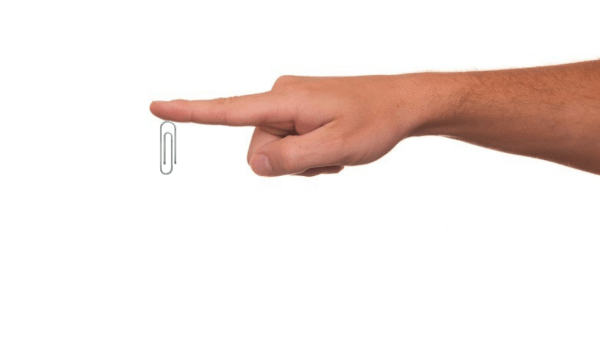
Back in 2012, Adi Robertson implanted a rare-earth magnet into her ring finger. Apart from picking up bottle tops, paper clips, and wiping hotel keycards, a magnet implant seems like a party trick that loses its attraction real quick.
7. Fight depression
Clinics in the USA offer a treatment named transcranial magnetic stimulation (TMS) for those suffering from depression and OCD. TMS uses magnets to stimulate nerve endings in parts of the brain related to mood and is described as being ‘like an electronic woodpecker’ hammering on the head - strange but not painful.
8. Prevent Your Car Door From Freezing Shut
If your car still takes a key and you live in an area that experiences icy winters, place a magnet over your car’s lock overnight. There’s no hidden mystery here; the magnet covers the lock, preventing moisture from entering. If you remember to do this in the evening, you’ll be able to open the door in the morning.
9. Magnetic Silly Putty

After its accidental invention by engineer James Wright during WWII, Silly Putty became a success among adults and children. Later, iron oxide was added to the Putty to increase its entertainment value and usefulness with magnetism. As well as being fun to play with, Magnetic Silly Putty is used to test underwater pipes and structures for damage.
You can make your own DIY Magnetic Putty or buy it ready-made.
To get the most out of magnetic Putty, you’ll need strong magnets such as neodymium or ones with ferromagnetic properties.
10. Vending Machines
Next time you’re waiting for your favorite snack from a vending machine, consider how it uses magnets to sort coins, paper money, and accept credit cards. Vending machines are able to detect whether coins are real by using electromagnets to check composition, while the level of iron in ink used on paper money can measure its genuineness.
11. COVID-19 Spread Prevention

Sadly, a failed experiment by Australian scientist Daniel Reardon, who created a magnetic necklace designed to set off an alarm when the wearer brought a hand up to their face. Reardon’s failed attempt ended in an ironic twist of non-social distancing with an ER trip to remove four super-strong neodymium magnets trapped in his nose.
12. Keep Chip Bags Sealed
No-one likes stale potato chips, and if you have the willpower not to eat a full bag in one go, roll down the bag and use magnets on both sides to seal it tightly shut.
13. Dictates Where Your Dog Poops

OK, so it’s not a use example, but I had to include it. According to scientists, dogs, like other animals, are affected by the Earth’s magnetic field and often choose to poop on the north-south axis. Unfortunately, experts are not quite sure why, but it does mean that other behavioral scientists might start questioning how other mammals’ direction is affected by magnetic fields.
Here at PITAKA, we absolutely love magnets and magnetism. So much so that we use them in many of our products, from our wireless chargers to our wallets.
If you appreciate the power of magnets as much as we do, check out our range of MagEZ phone cases for your Apple and Android devices that magnetically attach to our chargers for convenient wireless charging at home or on the go.
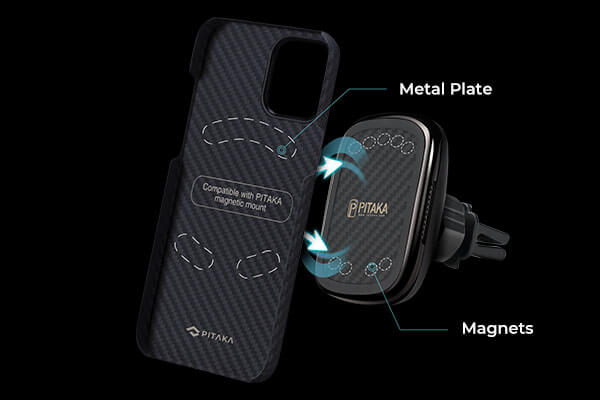
You might be interested in:
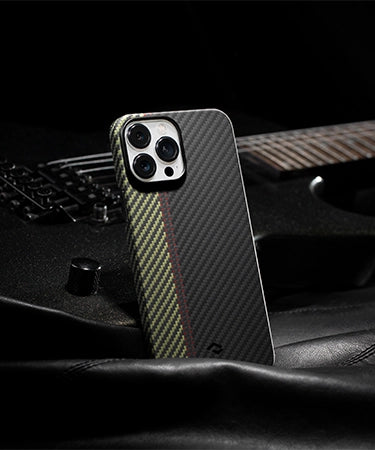




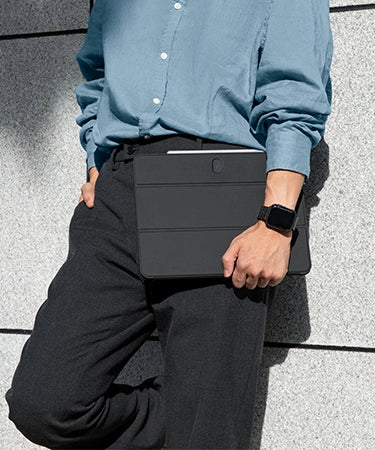

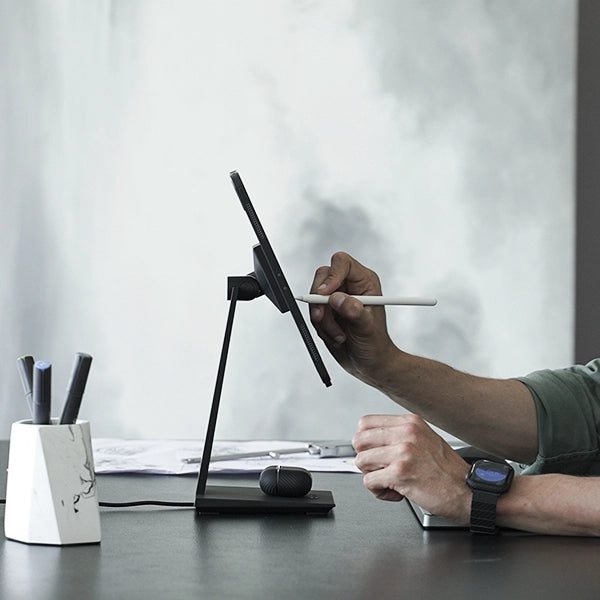

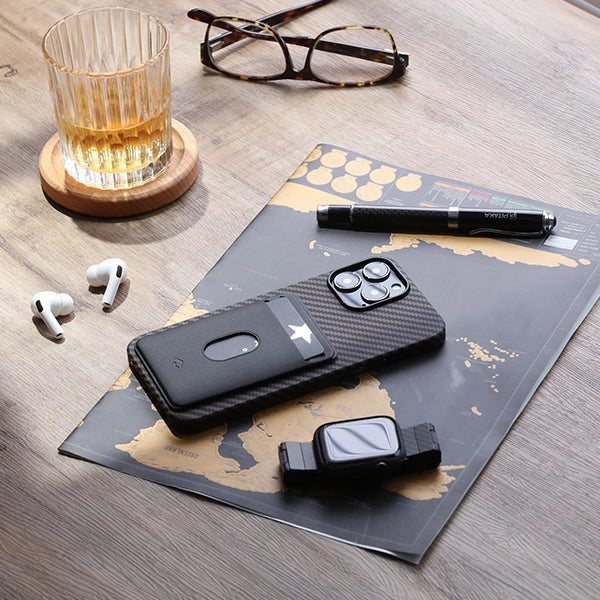


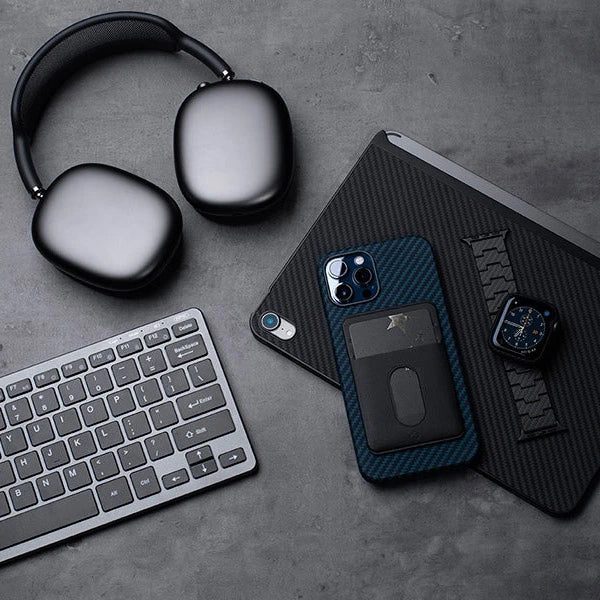
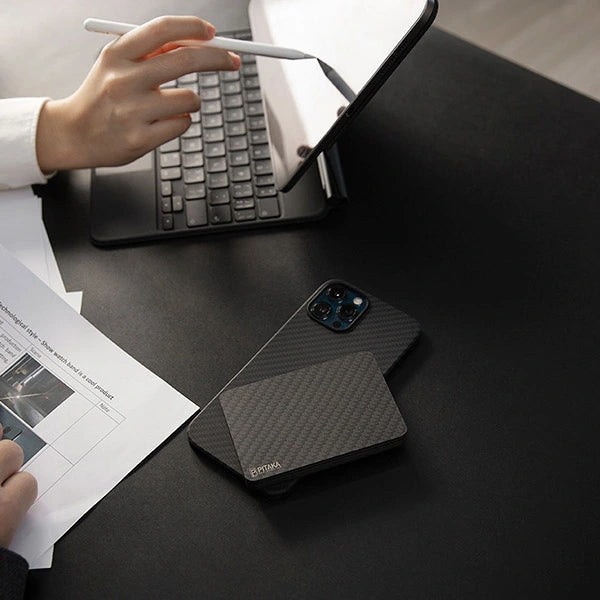
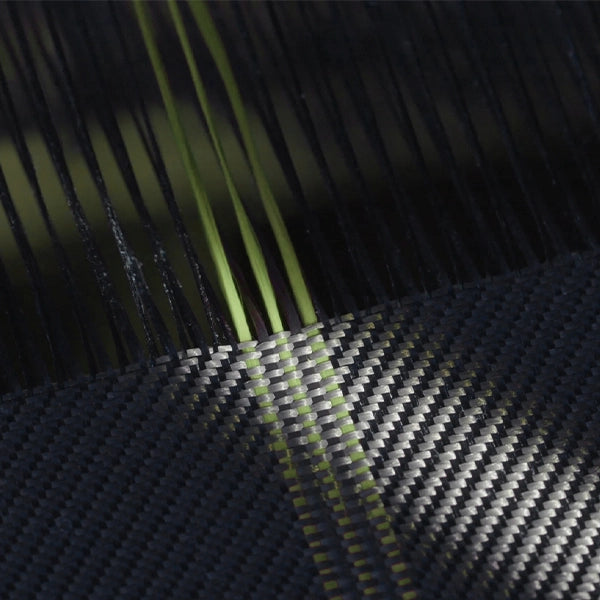

this is very cool i learnt a-lot